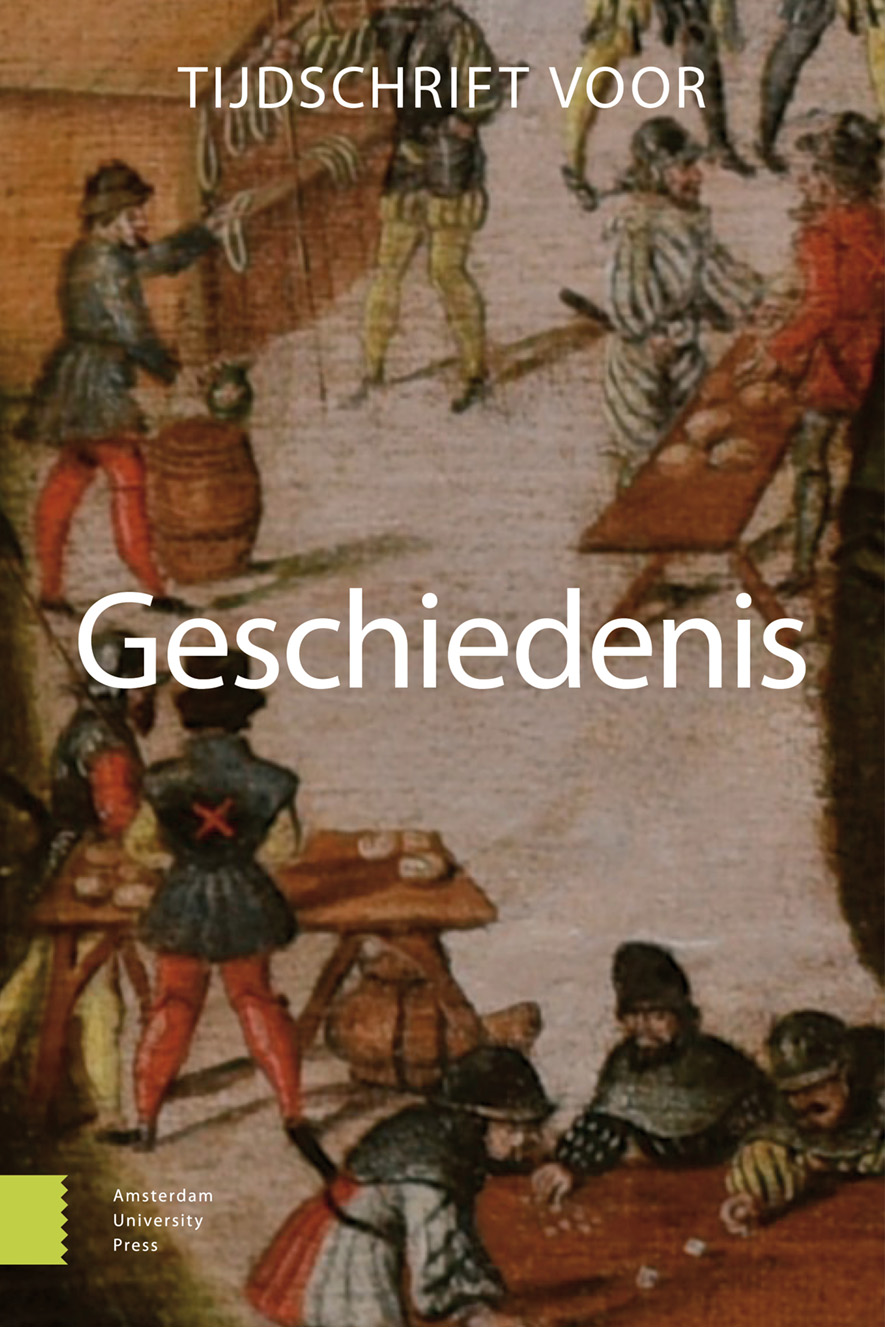-
oa Zwarte Piet, een blackfacepersonage
Een eeuw aan blackfacevermaak in Nederland
- Amsterdam University Press
- Source: Tijdschrift voor Geschiedenis, Volume 131, Issue 4, Dec 2018, p. 551 - 575
-
- 01 Dec 2018
- Previous Article
- Table of Contents
- Next Article
Abstract
Black Pete, a blackface character: a century of blackface amusement in the Netherlands
In 1847 the Ethiopian Serenaders successfully introduced American blackface minstrelsy to a Dutch public. A few years later the publication of the Dutch translation of Harriet Beecher Stowe’s Uncle Tom’s Cabin (1853) and the subsequent ‘Tom-play’ led white Dutch actors to perform in blackface. Blackface performances functioned not merely as entertainment, but perpetuated a stereotypical white image of black people. During that same period the Amsterdam-based teacher Jan Schenkman published a children’s book including a black servant (St. Nikolaas en zijn knecht, 1850). The servant was known as Black Pete and became established in the Saint Nicolas tradition. In the years to come, Black Pete, generally a white person wearing a blackface mask, leaned heavily on the same elements that made the blackface minstrel dandy type a success: edified clothing, a blackface mask, and anti-emancipation humour.


